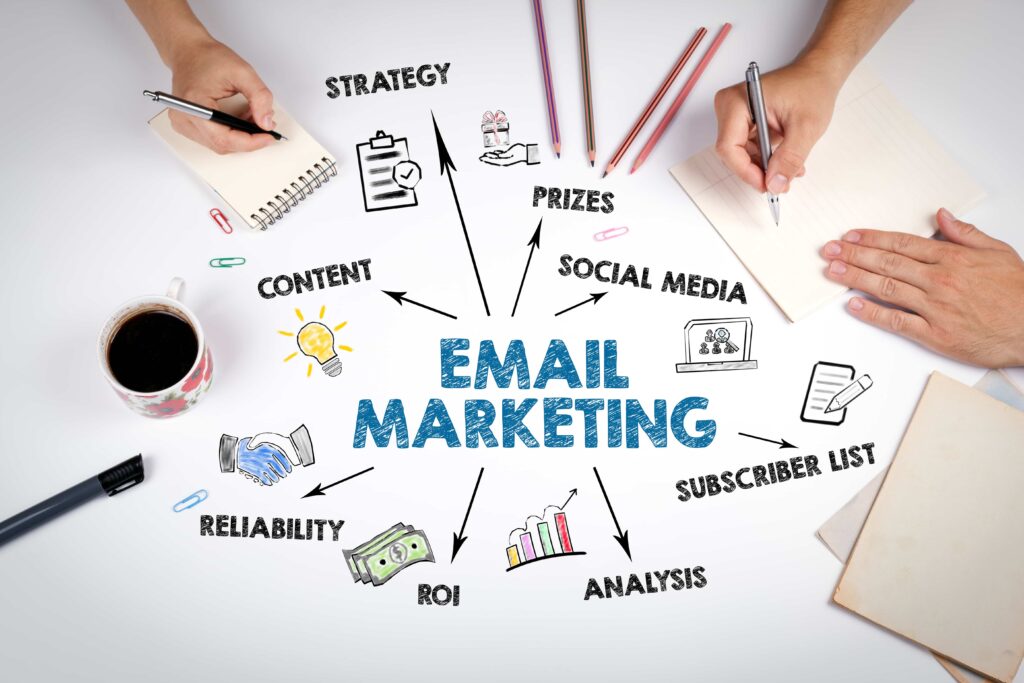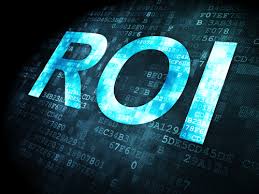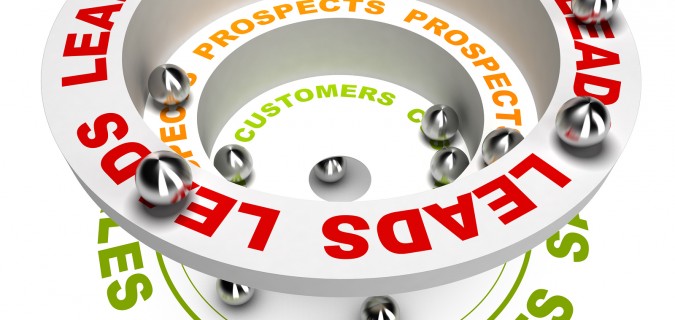Email marketing is an essential tool for any successful B2B lead generation strategy. With the power of email automation, businesses can easily reach their target audience, build relationships with potential customers, and nurture leads until they are ready to make a purchase.
Email marketing has been a crucial tool for businesses to communicate with their audience and promote their products and services. With the rise of email automation, B2B lead generation has become more efficient and effective.
Here are the benefits of email marketing that make it a vital component of any marketing strategy:
Email marketing is one of the most cost-effective ways to reach your target audience. With email automation, businesses can automate their campaigns and save time and resources, while still achieving high conversion rates.
Personalization is an essential key in B2B lead generation, and email marketing allows businesses to tailor their messages to their audience. With email automation, you can segment your list based on demographics, behaviors, and preferences, and send targeted messages that resonate with your audience.
Email marketing has consistently shown high ROI rates compared with other marketing channels. By automating your email campaigns, you can ensure that you can deliver messages to the right people at the right time, resulting in higher conversion rates and revenue.
You can scale up email marketing up or down depending on your business needs. With email automation, businesses can send hundreds or thousands of emails with just a few clicks, allowing them to reach a large audience without less effort.
Email marketing provides valuable analytics that helps businesses understand their audience and improve their campaigns. With email automation, you can track metrics such as open rates, click-through rates, and conversions, and use this data to optimize your campaigns for better results.
Overall, email marketing is a powerful tool for B2B lead generation, and email automation has made it even more effective. By taking advantage of the benefits of email marketing, businesses can build stronger relationships with their audience and drive more revenue for their business.
Types of Emails
It is essential to understand the types of emails that you can send to your prospects.
Here are some of the most common types of emails that you should consider for your email marketing strategy:
1. Welcome Emails – Send this type of email to new subscribers, thanking them for joining your email list and introducing them to your business.
2. Nurture Emails – Send emails to your leads to educate them about your products and services and to build trust with your brand.
3. Sales Emails – Design sales emails to convert leads into customers by promoting a specific product or service.
4. Newsletter Emails – Send Newsletter emails regularly and provide subscribers with relevant and engaging content related to your industry.
5. Re-engagement Emails – Use these emails to engage subscribers who haven’t engaged with your emails in a while. They’re designed to entice them back to your business by offering special promotions or new content.
By understanding the types of emails that you can send, you can create a comprehensive email marketing strategy that helps you maximize your B2B lead generation efforts.
How to Implement an Effective Email Marketing Strategy
Once you understand the benefits of email marketing and the types of emails, it’s time to put together an effective email marketing strategy. Follow these steps to get started:
1. Build Your List: The first step in any email marketing strategy is to build your list. Consider creating lead magnets that offer valuable content for an email address. Also, make sure you have an easy opt-in process on your website and at events.
2. Define Your Goals: Determine your goals for email marketing, such as lead generation, nurturing relationships, or increasing sales. This will help you tailor your emails to meet these goals.
3. Create Engaging Content: Create engaging content that speaks to your audience’s pain points and interests. Personalize your emails as much as possible, and keep the subject lines short and attention-grabbing.
4. Use Automation: Use email automation to send personalized messages at the right time to the right people. Automation can save you time while also ensuring that your message is reaching your audience when they are most receptive.
5. Test and Analyze: Test your email marketing campaigns and analyze the results to see what’s working and what’s not. Make changes and tweak to improve the effectiveness of your emails accordingly.
By following these steps, you can implement an effective email marketing strategy that will help you generate B2B leads and build relationships with your target audience. With the power of email automation and engaging content, your email campaigns can be a powerful tool for your business growth.





